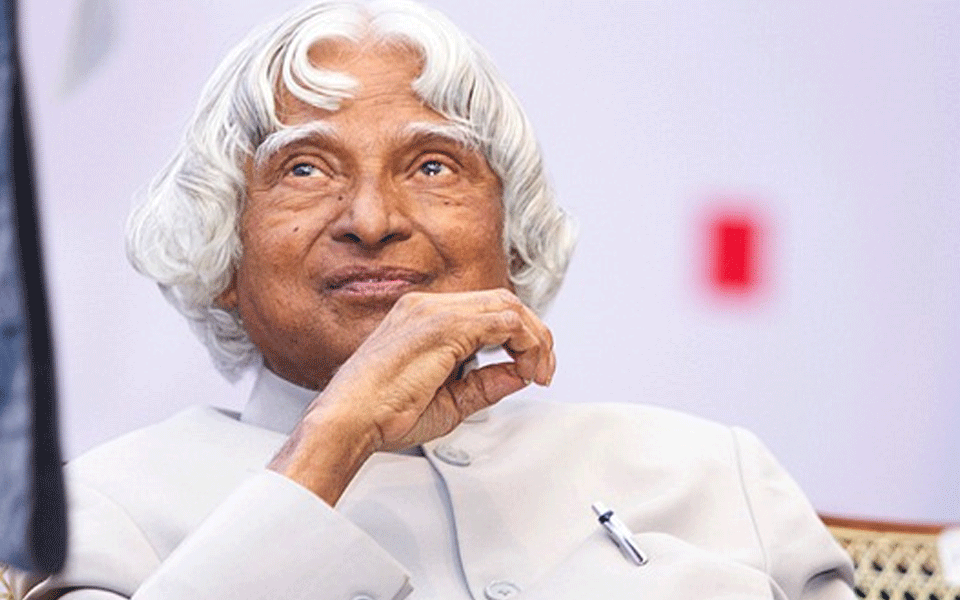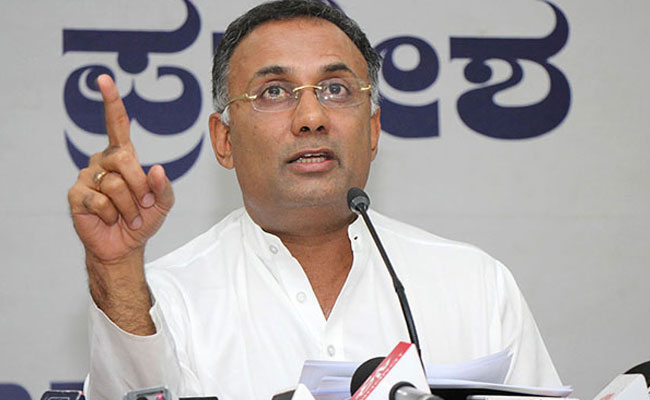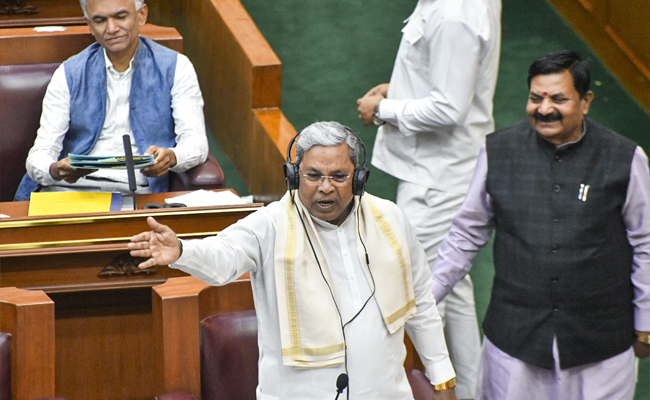New Delhi, Jul 27: Just a month before his demise, former President APJ Abdul Kalam had advised DRDO chief Satheesh Reddy to work on reusable missiles system that can deliver a payload and launch it, come back and take another payload.
Reddy was then the Scientific Adviser to the Defence Minister.
"After I became the scientific adviser, I met him (Kalam) at his residence just a month before his demise. He came up with the idea of reusable missile, delivering a payload, coming back, then take another payload and launch it... 'Work on this type of system', he told me," Reddy recalled.
The meeting was held at the library.
"That is the vision he had," Reddy added.
Kalam died on July 27. The former president resided at 10, Rajaji Marg, a single-storey bungalow spread over an area of 11,776 sq ft with the ground floor housing a library and an attached reading space.
The Defence Research and Development Organisation (DRDO) Chairman said he first came in contact with Kalam as a young scientist in 1986.
In 2012, the then DRDO Chairman V K Saraswat, in an interview to Doordarshan, said India plans to develop reusable missile system.
"We have propulsion technology, we have re-entry technologies, we have the technology which can take a re-entry system which will deliver a payload and have yet another re-entry system which will bring the missile back when it re-enters the atmosphere on its return journey," Saraswat said.
Reusable rockets are currently becoming popular. With its Falcon 9, Elon Musk's SpaceX is also looking at capitalising on this technology. The Indian Space Research Organisation (ISRO) successfully flight tested Reusable Launch Vehicle-Technology Demonstrator (RLV-TD).
Let the Truth be known. If you read VB and like VB, please be a VB Supporter and Help us deliver the Truth to one and all.
Belagavi (PTI): Accepting that the female foeticide has not stopped in the state, Karnataka Health Minister Dinesh Gundu Rao on Tuesday said that the government is taking strict measures to prevent it.
The minister said the government is appointing separate nodal officers in all districts and tightening measures to prevent foeticide, which he called a "social evil".
He also assured that the government will consider strengthening legislation to control such activities.
The minister was responding to a question by BJP MLC C T Ravi in the Legislative Council.
"Female foeticides have certainly not stopped. If you look at the sex ratio, there is a lot of difference. I accept that this is happening," Rao said.
"Foeticides are not happening under pressure; voluntarily, it is happening, for not wanting a girl child. These things are happening based on the sex determination of the foetus at some hospitals. Sex determination is illegal, but with the advancement in technology, portable ultrasound machines have been developed, which can be easily carried anywhere, and scans and tests can be done. This needs to be controlled. We will bring it to the notice of the central government," he said.
In some districts and in a few hospitals, a higher number of male child births is happening. It is found with the help of intelligence input, the minister said.
"Information is being gathered on the taluk in which the male-female ratio is worsening, what is happening in which hospital, and appropriate action is being taken to crack down on such a network, after proper evaluation."
Decoy operations have been done at seven places in the last two years, to identify those involved in illegal activities linked to female foeticides, and actions have been taken against officials and hospitals involved, he said, adding that more needs to be done on priority.
Responding to a question by Ravi about whether any stringent legislation is being brought, Rao said, the government will consider strengthening the legislation and making it stricter to control this.
"Some amendments have been made to the existing laws in the last two years....advanced technology and the internet is being used to carry out such things, also oral medicines for abortions are available over the counter.
We need to look into bringing legislation to control them. The Food and Drug Administration has issued instructions to pharmacists that the sale of such drugs should be documented."
The minister also said that measures are also being taken for the effective implementation of the Pre-Conception and Pre-Natal Diagnostic Techniques (PC & PNDT) Act, and awareness is being created against the identification of female foetuses and female foeticide.





